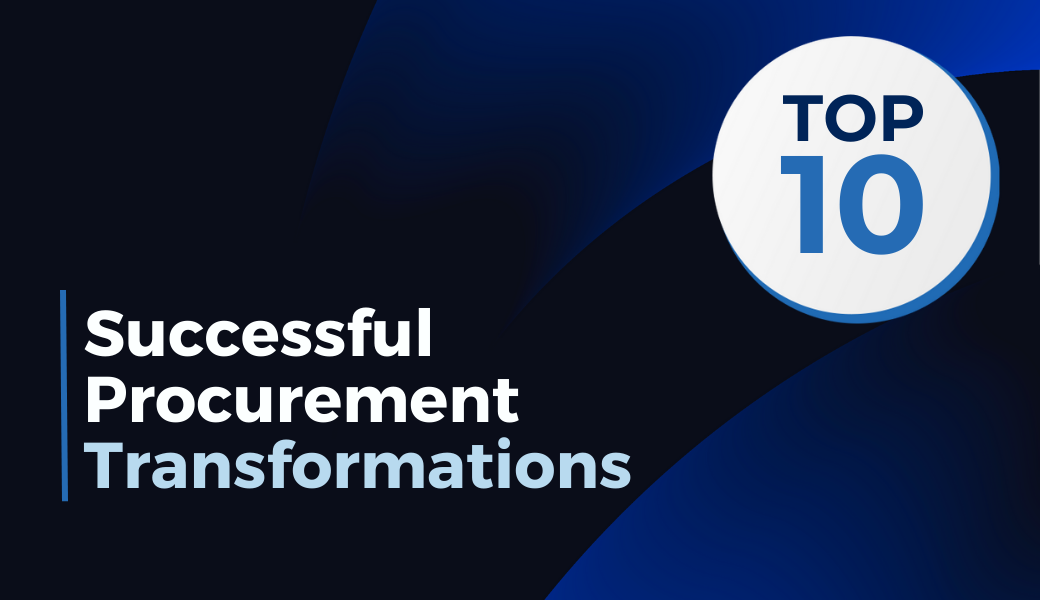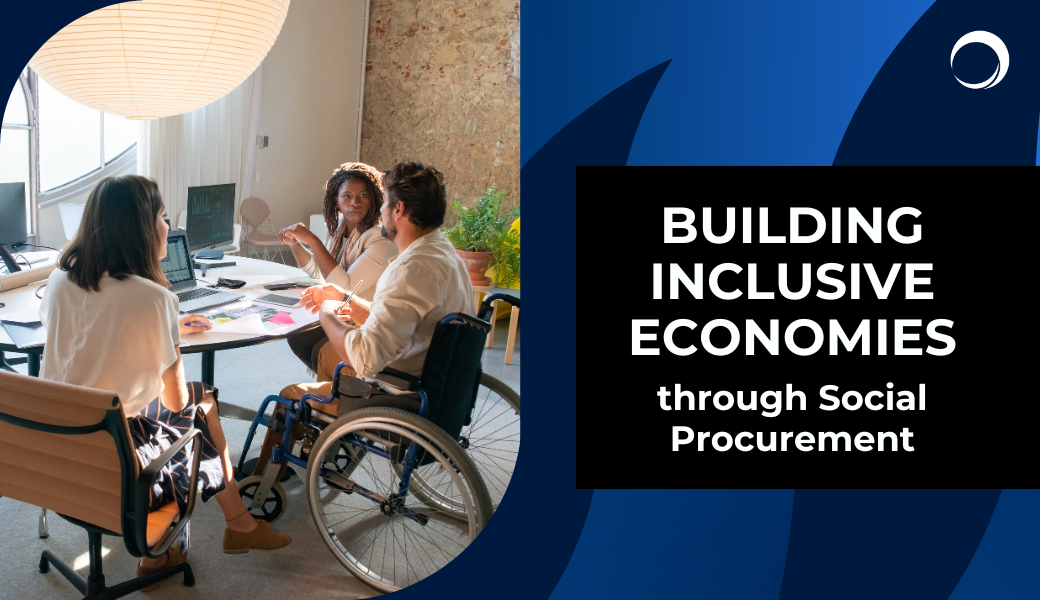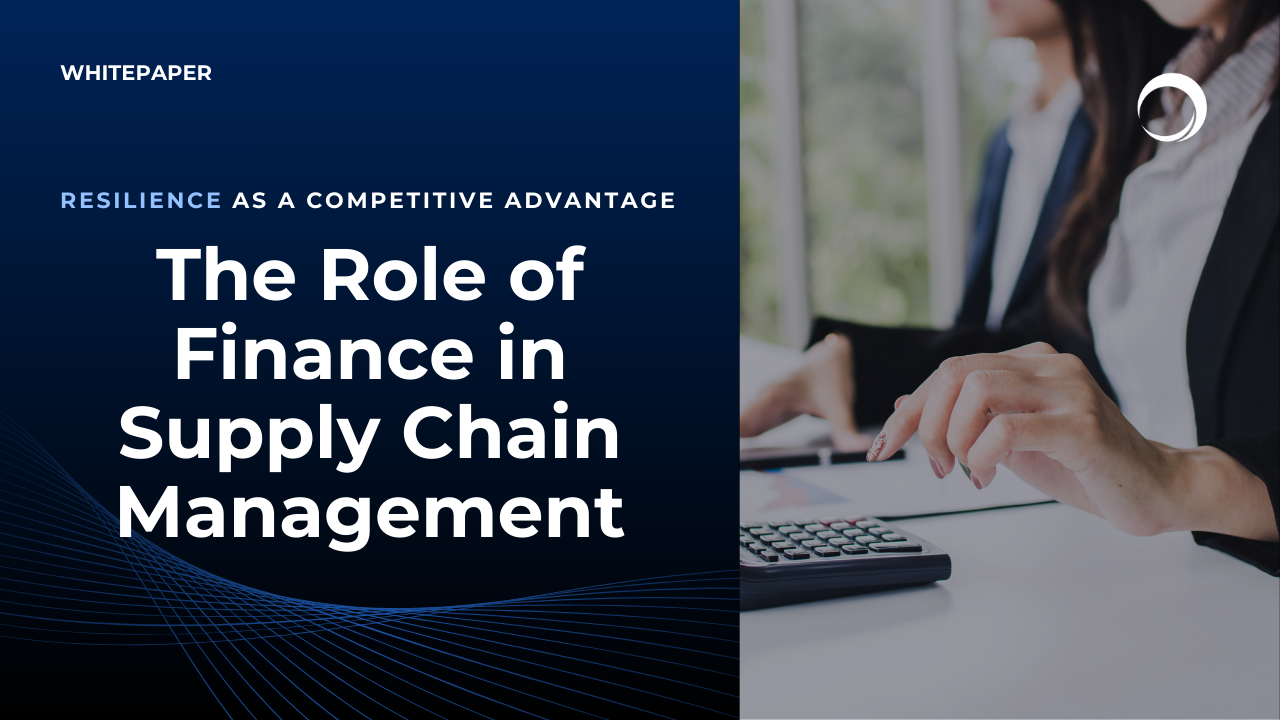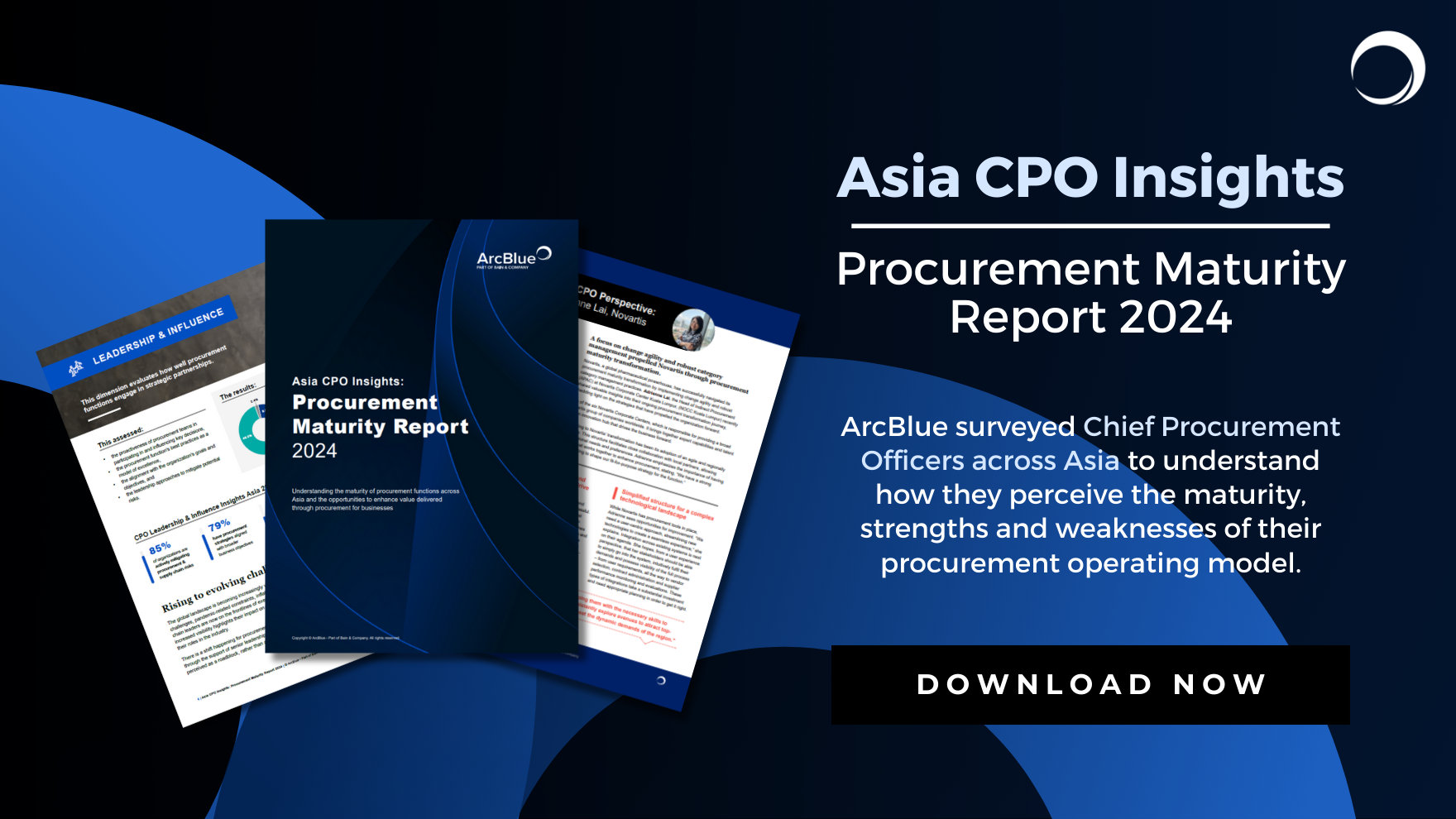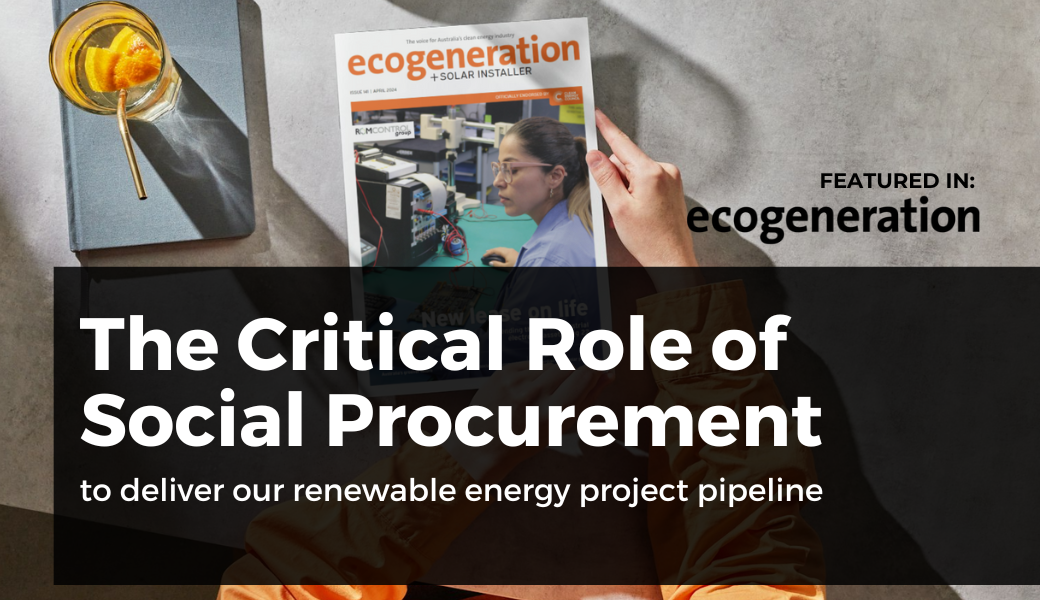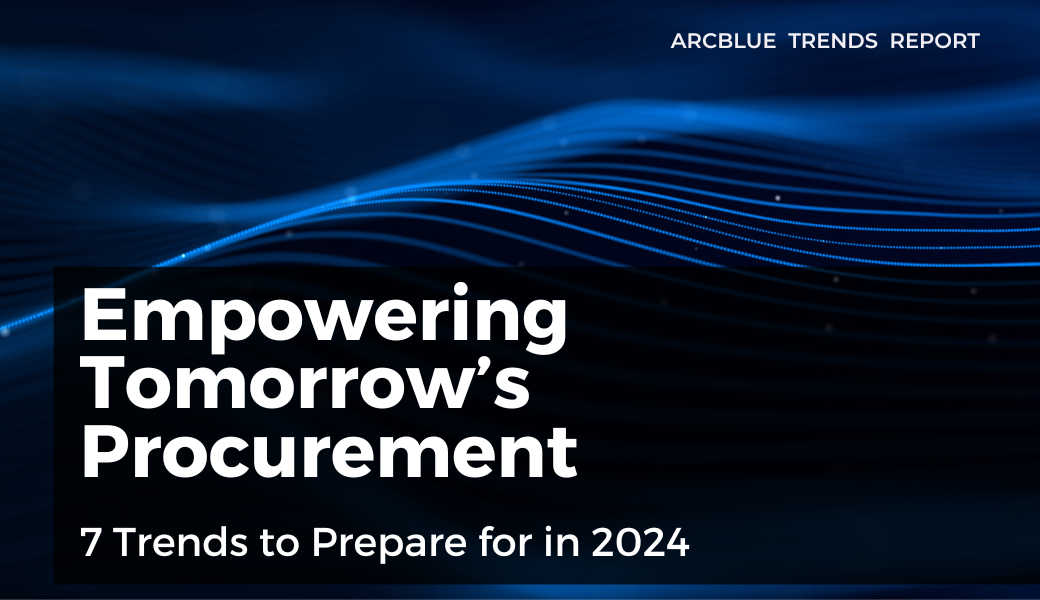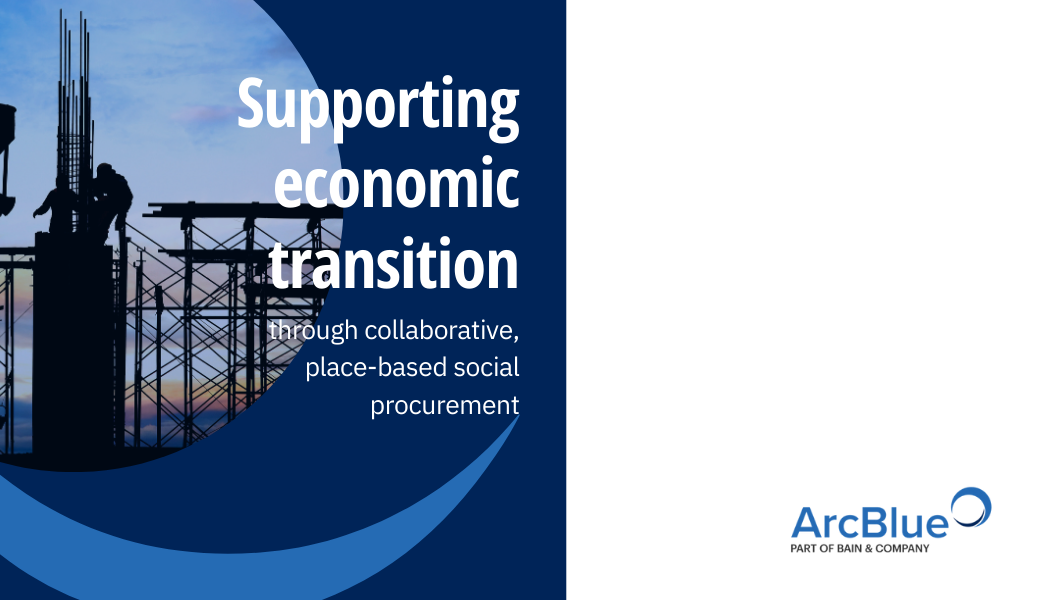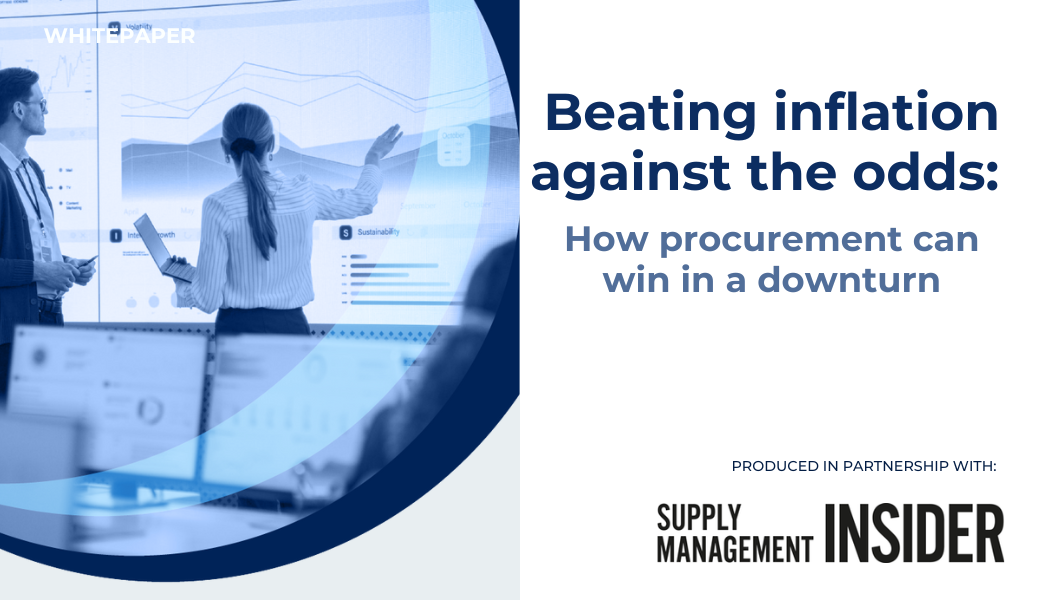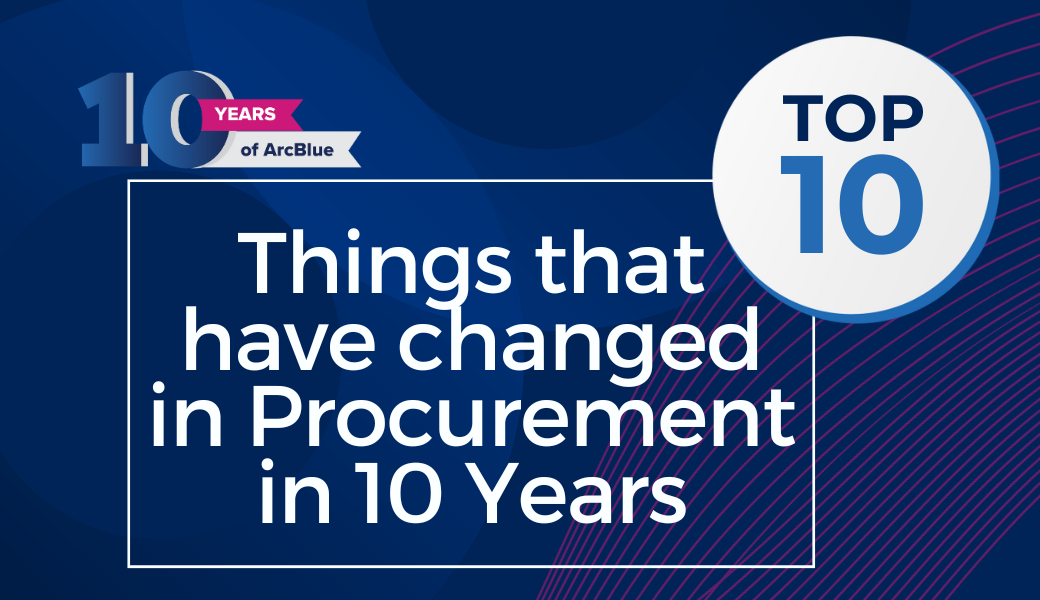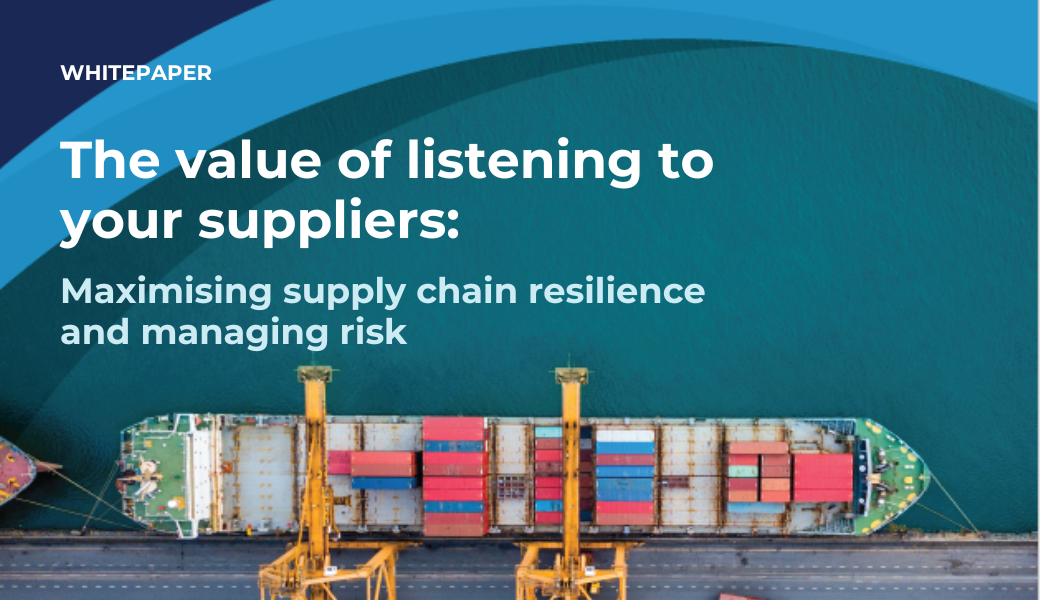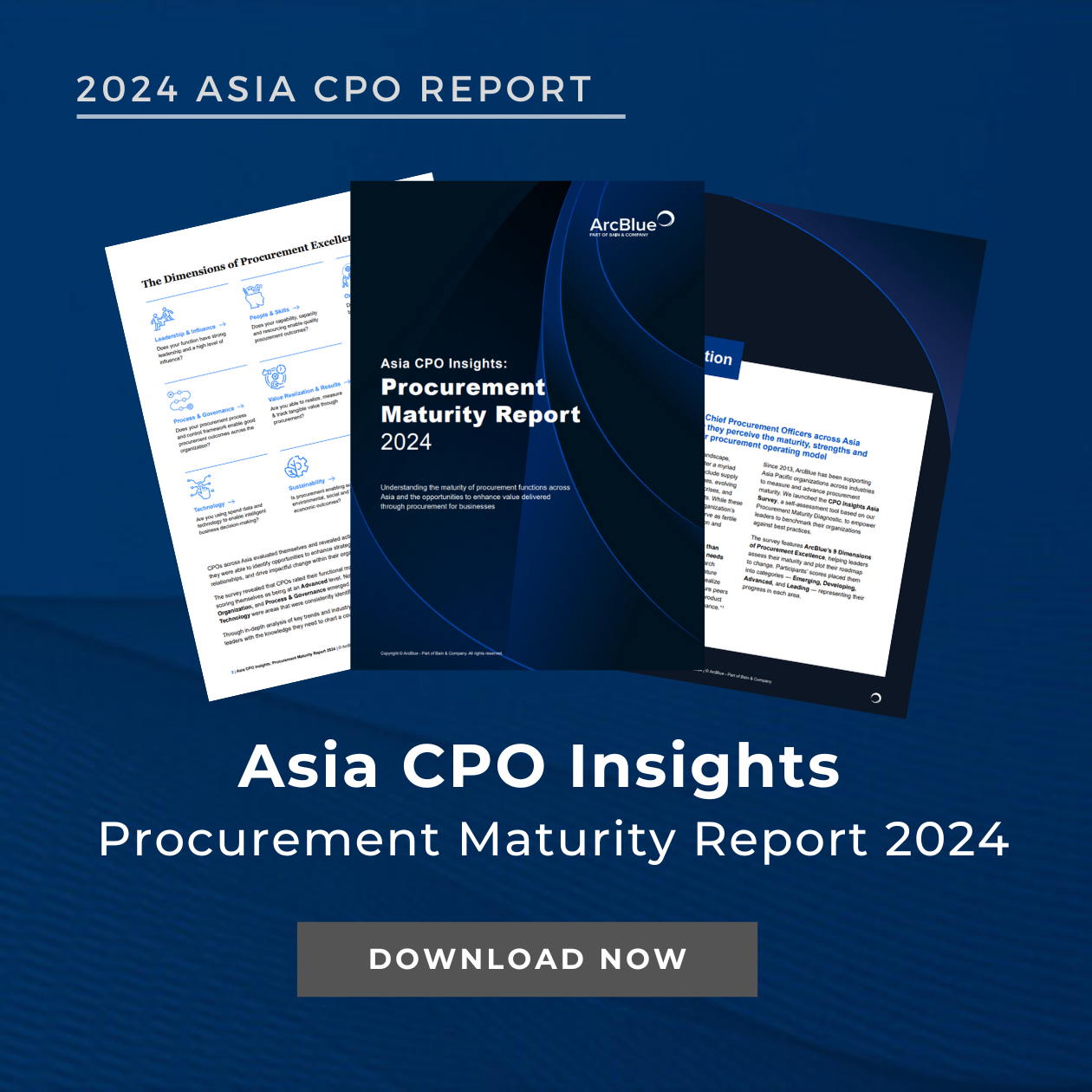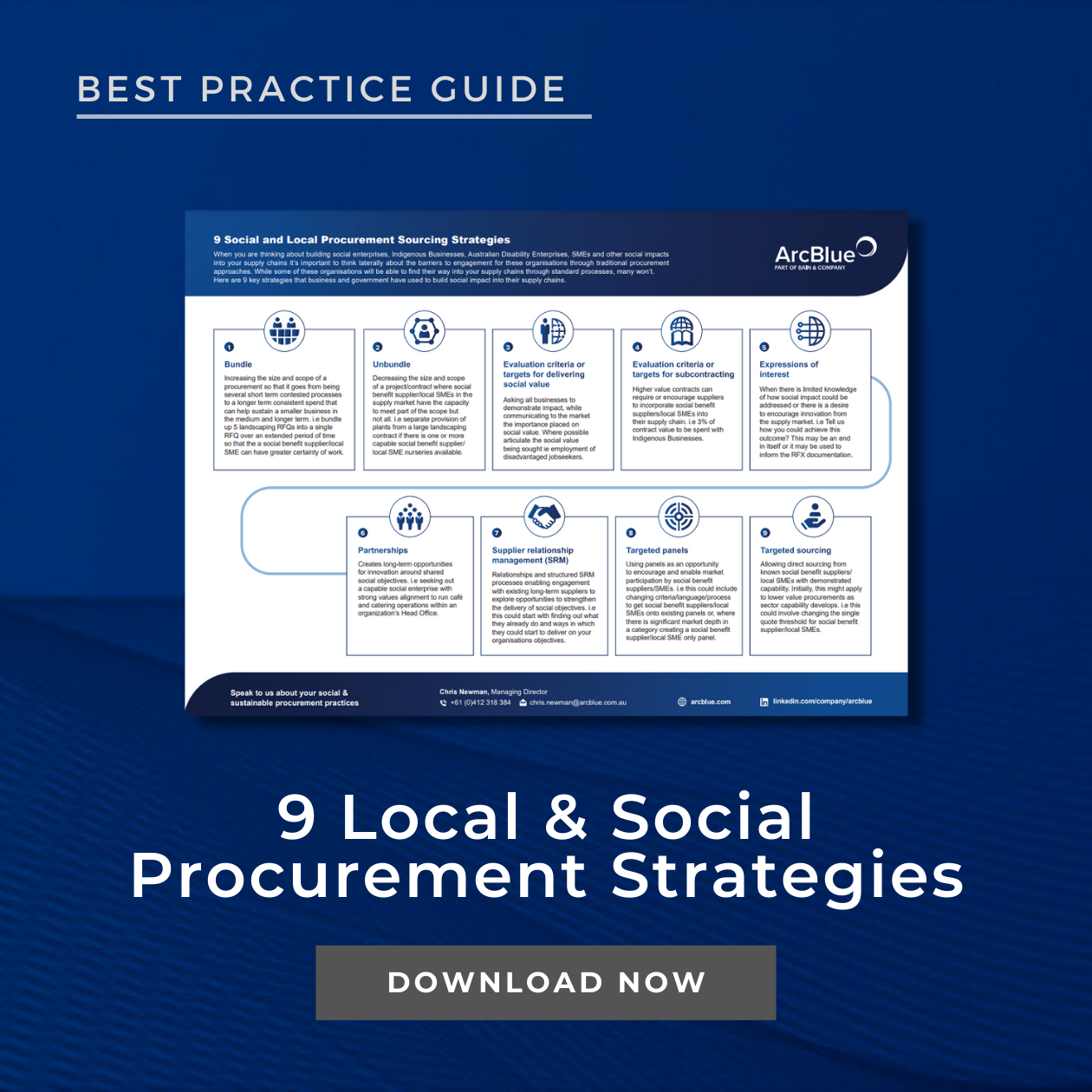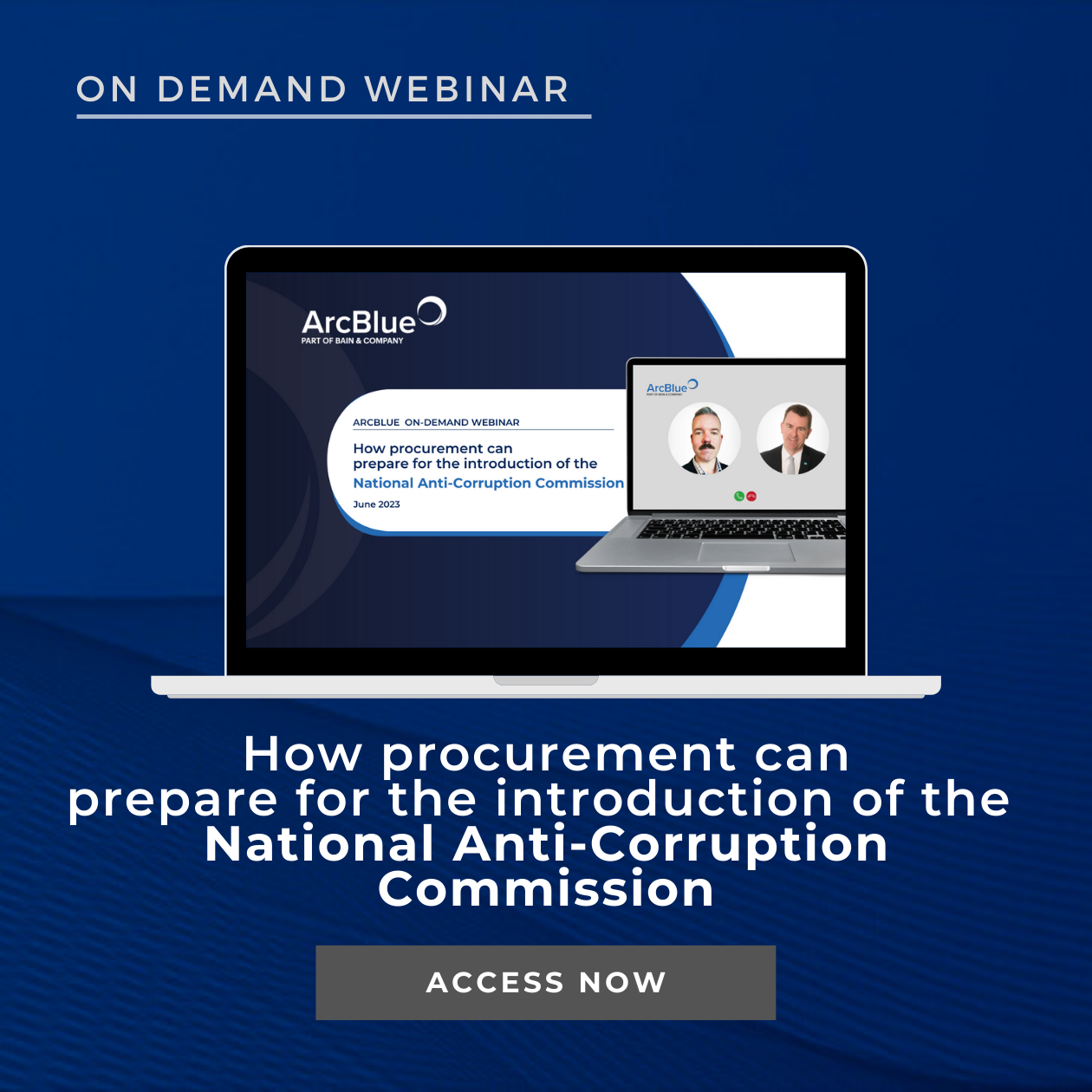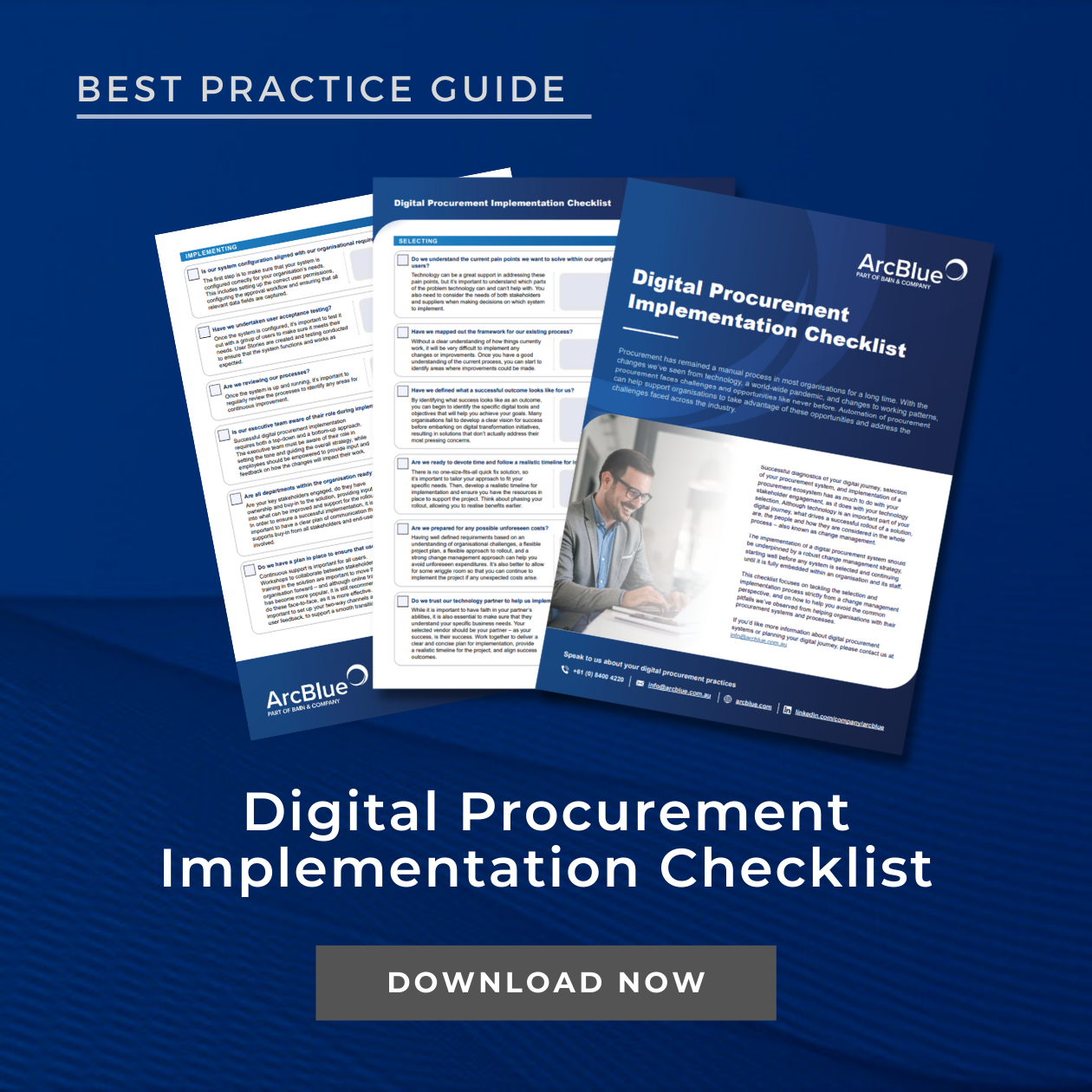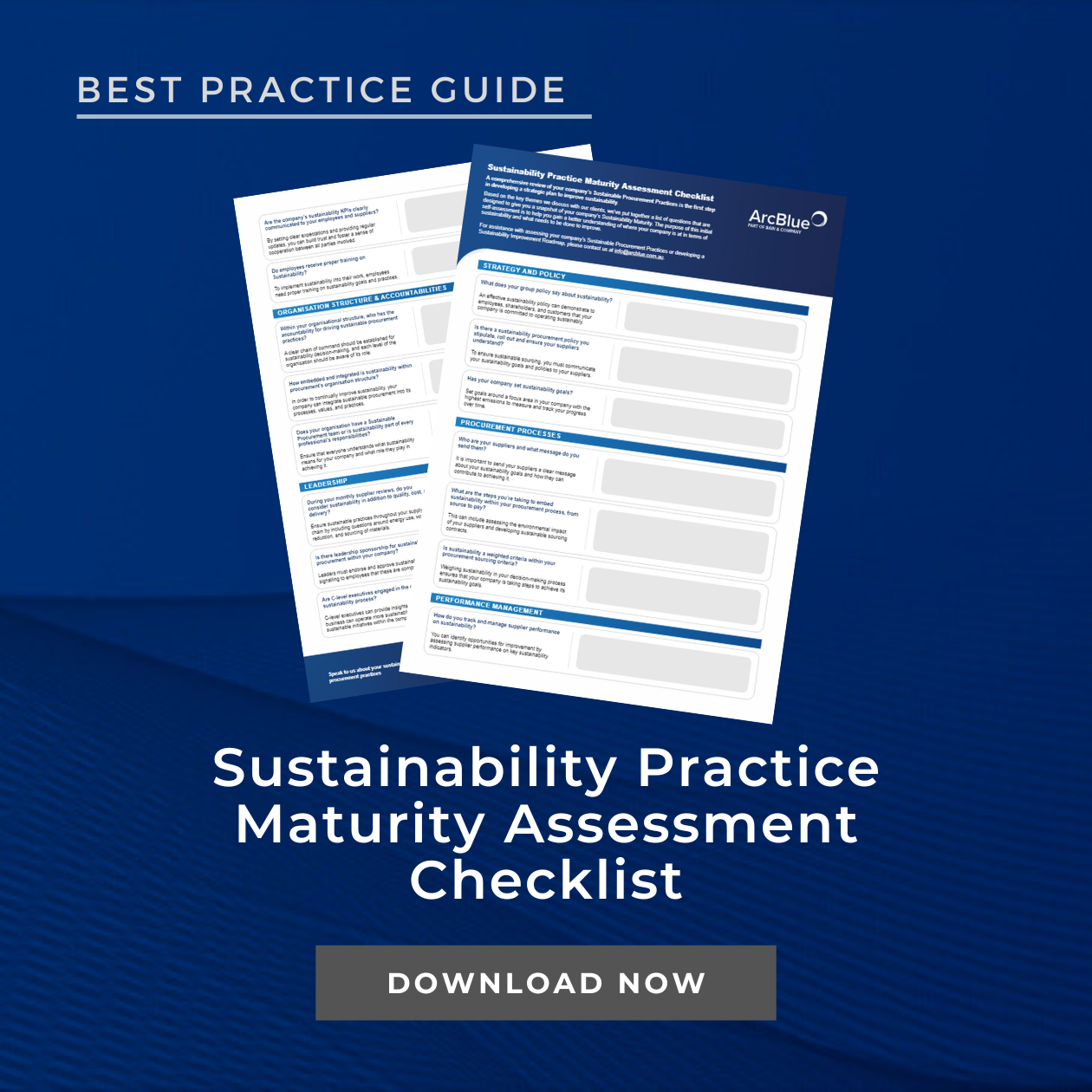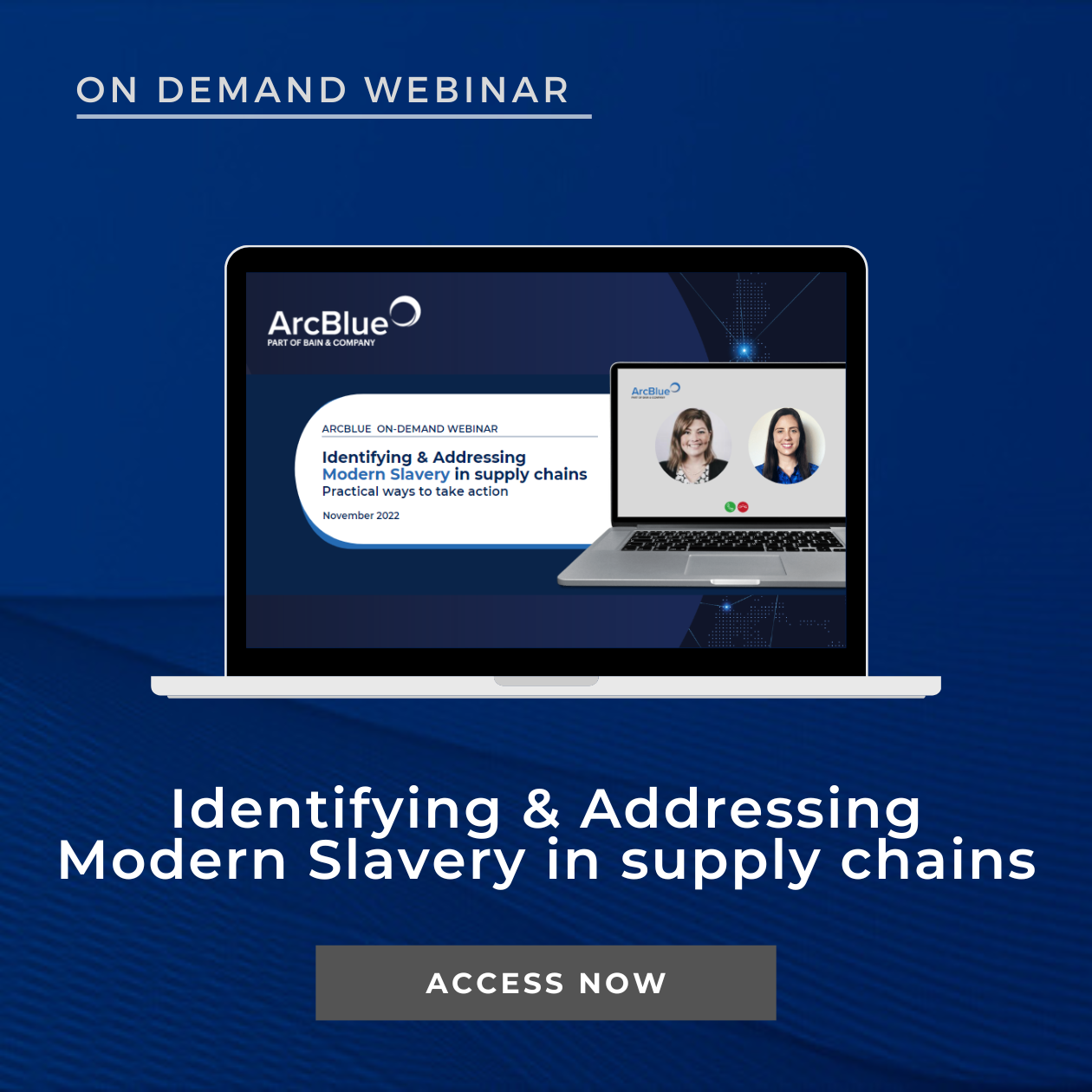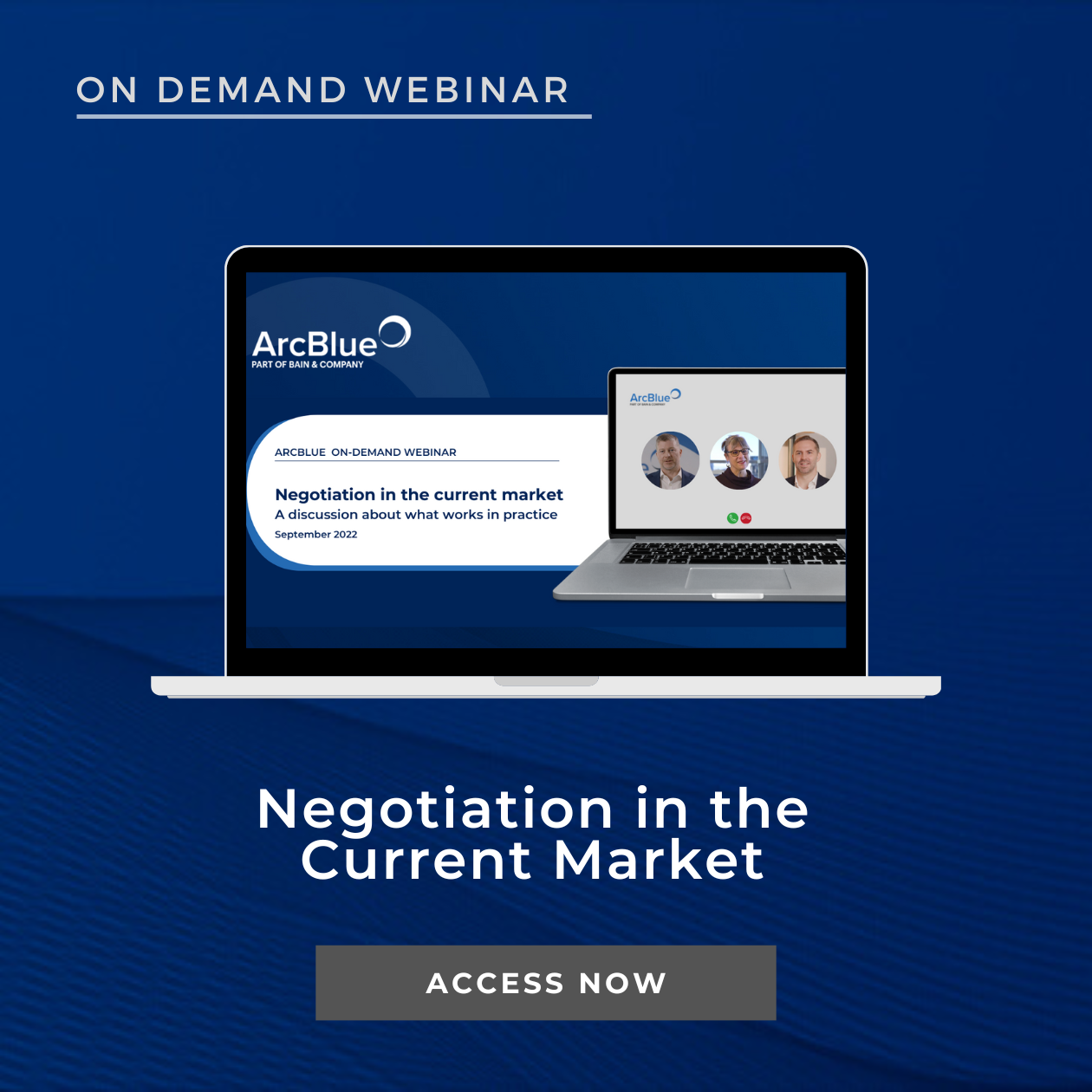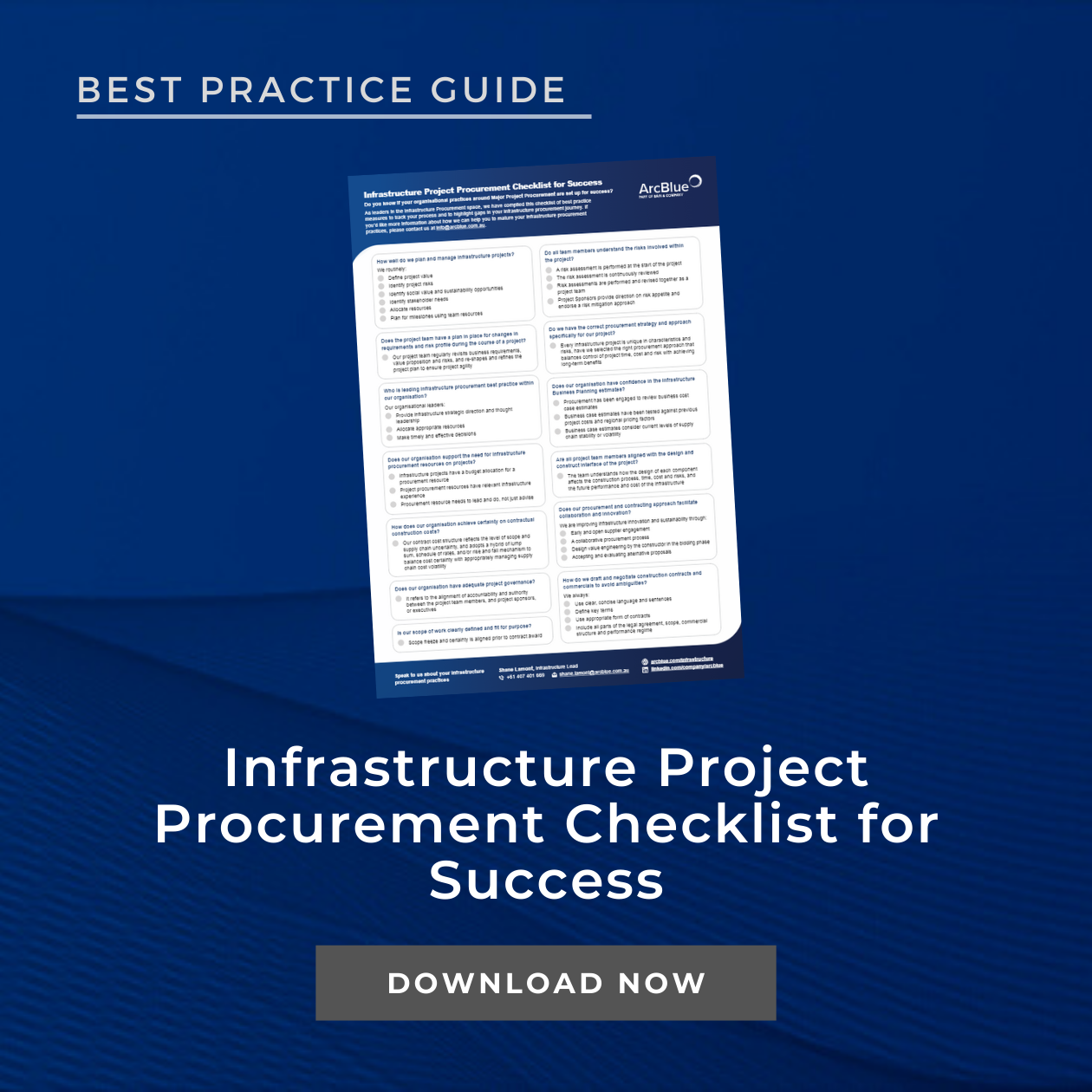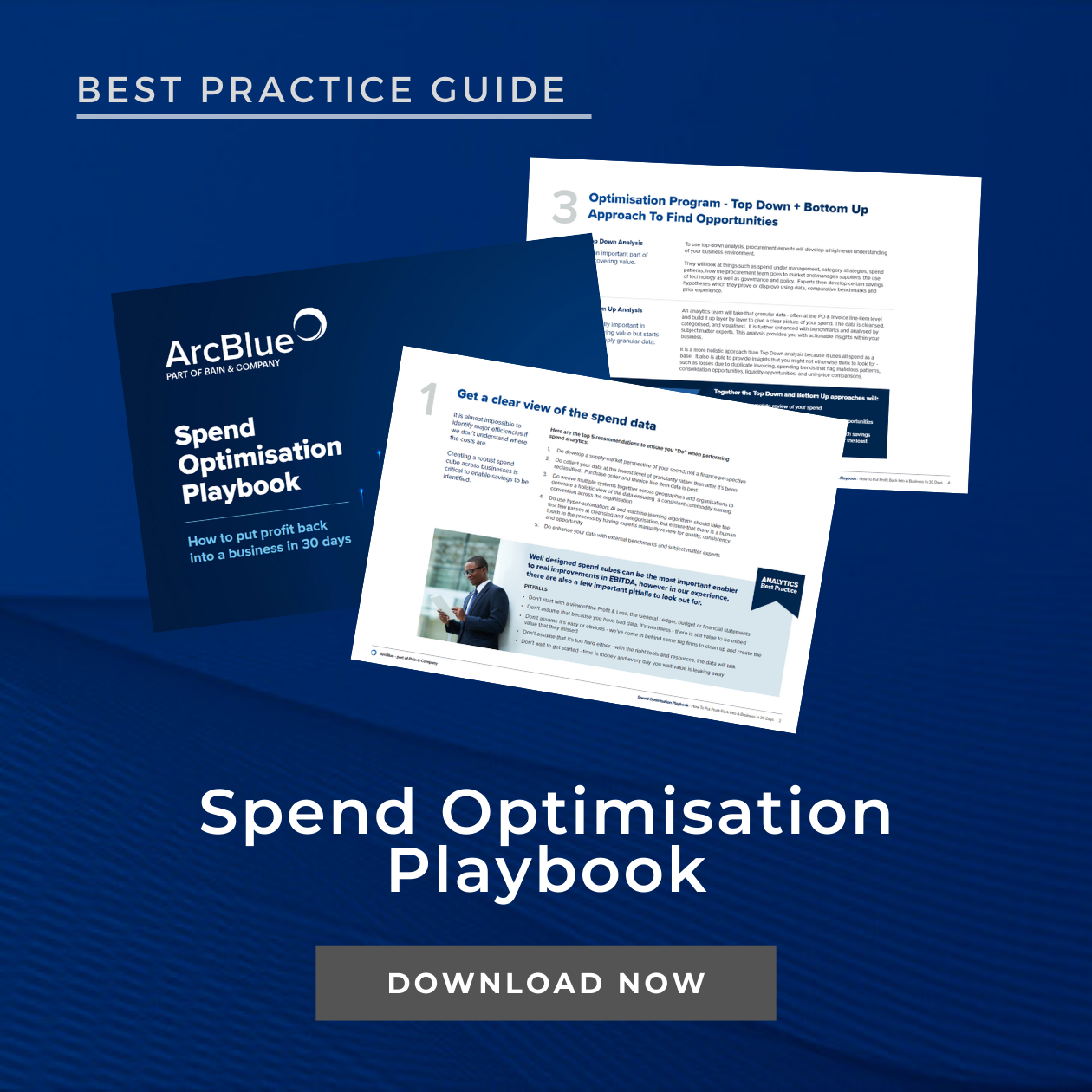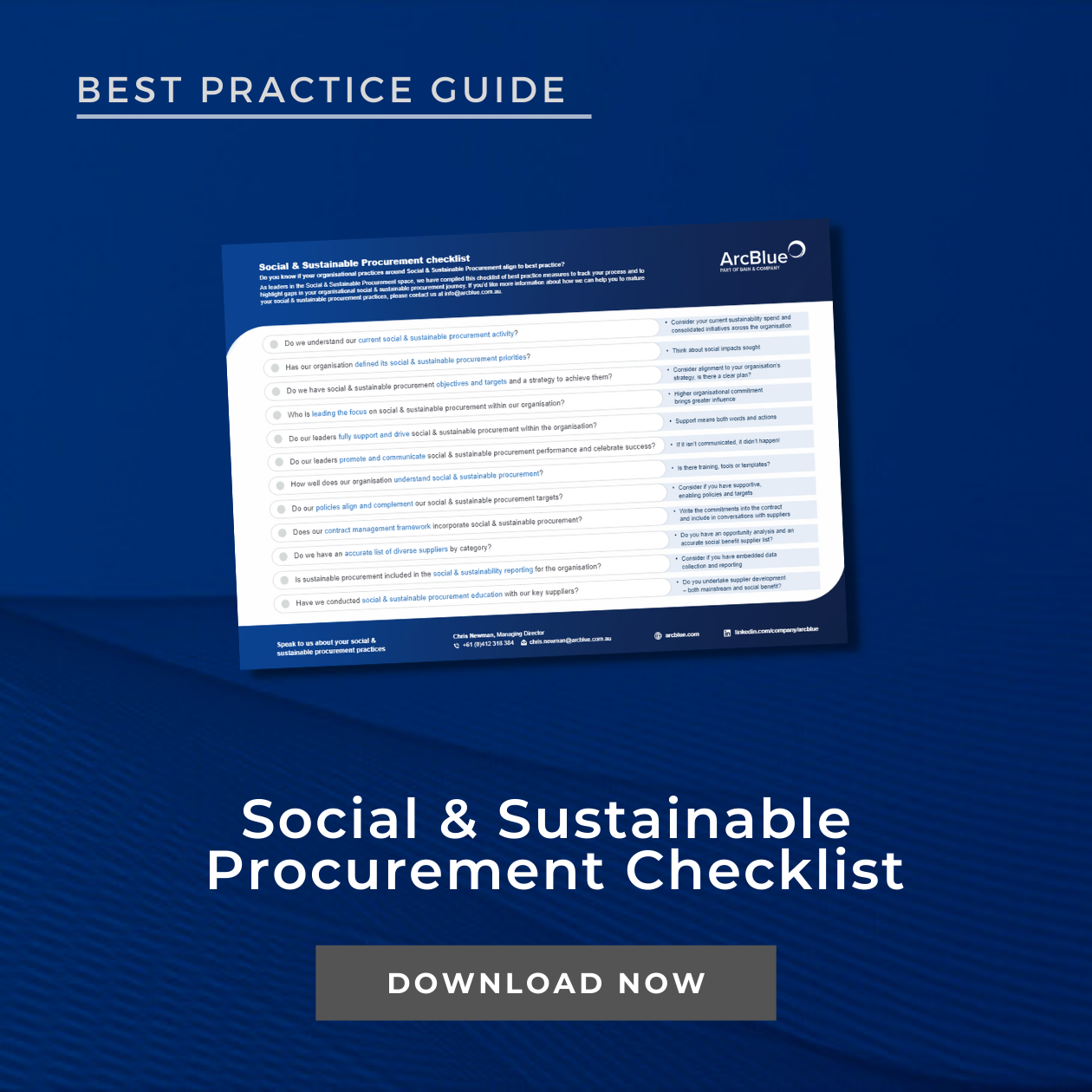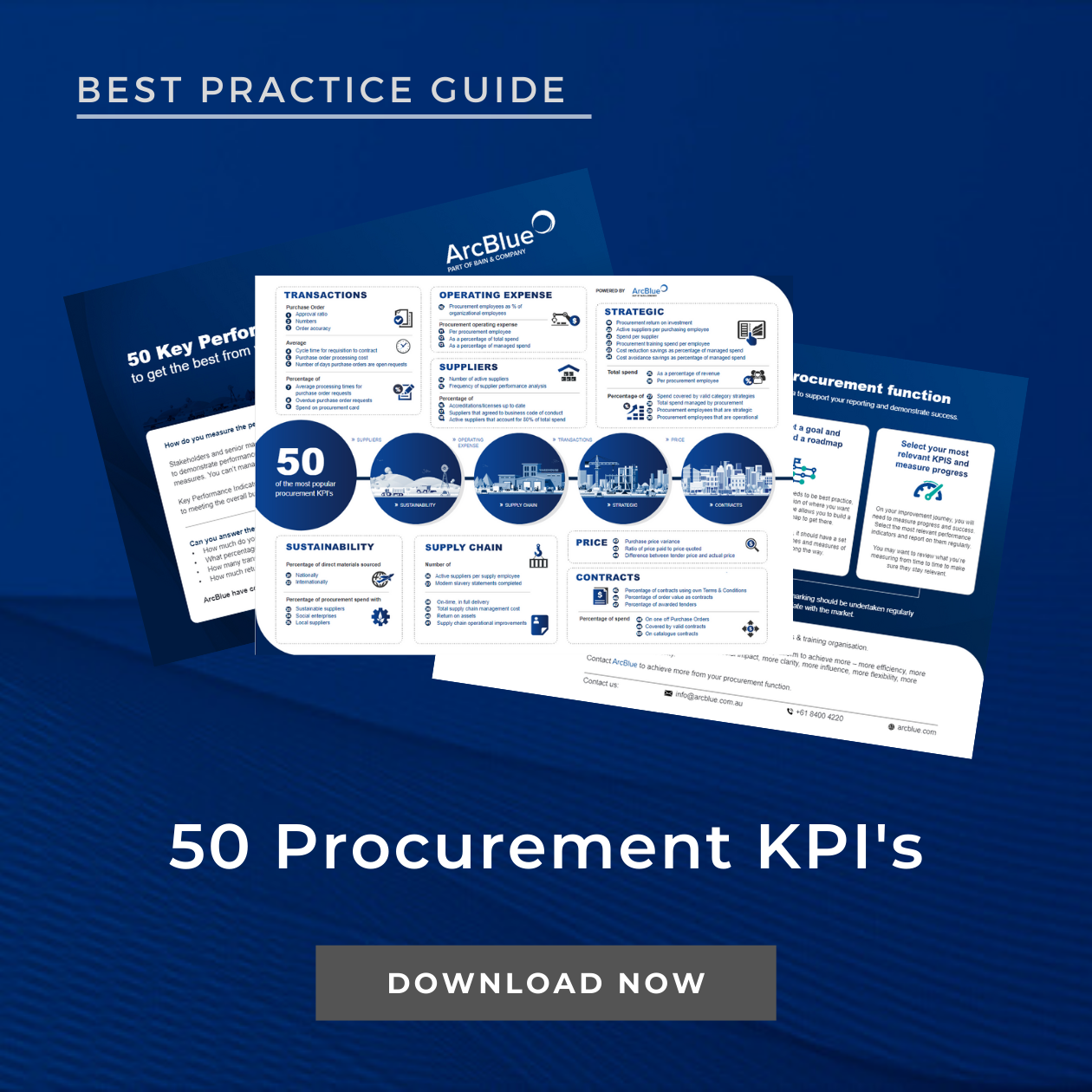- TOP 10 LIST
TOP 10:
Traps & Tips Why Infrastructure Projects Fail
July 2022
Time delays and millions of dollars can be wasted on infrastructure projects due to poor project planning, management and delivery practices.
We explore the Top 10 Traps for infrastructure project failure and Tips to avoid these project traps.
1 Little-to-no project planning
Poor project planning and management is a leading root cause of infrastructure project failure. Poor planning and management of infrastructure projects may lead to negative effects on the duration, cost and quality completion of projects.
TIP: Good planning involves the project team, not just the project manager. Successful projects plan early at project initiation, and uses team resources wisely to define project value, risks, needs, resources and milestones. Infrastructure project requirements and risk profile may change during the course of a project. The project team as a collective, should constantly revisit, reshape and refine the project plan to make sure the project is agile and adjust accordingly.
2 Lack of project leadership & stakeholder alignment
A lack of infrastructure project sponsorship and leadership will cause failure in a project. The project leader is someone who sets the direction of a project, influences stakeholders and motivates the team to steer and implement the project to successful completion. Lack of project leadership could result in poor decision-making or the project not delivering on true opportunity.
TIP: Allocate a project leader to support the project manager, that has the right experience, capabilities and level of stakeholder influence for the project size, nature and complexity. The project leader must be accessible, set direction, seek feedback, foster innovation, integrate cross-functional capabilities and collaboration, resolve issues, and make timely and effective project decisions.
3 Project governance ambiguity & process repetition
There is a strong link between project failure, inadequate project governance and process ambiguity. Infrastructure project governance is an underserviced area, and procurement processes are typically adopted from previous projects without testing the project fit for purpose.
TIP: A key element of infrastructure project governance, addresses how decision rights and alignment between accountabilities and authority are disseminated and assigned between the project team and executives. Additionally, it is important to consider which procurement approach will best balance the control of project cost and risk against achieving long-term economic, social and environmental benefits that may be realised over several decades.
4 Lack of project resource planning & team diversity
A lack of project resources and cross-functional capability to adequately address the project schedule and critical tasks.
TIP: For a cross-functional team to be successful, the team must be made up of experts whose capabilities complement one another. The members of the project team must be carefully chosen and include individuals who are not just capable but are excellent in their particular field so that the work required of them is delivered with minimal lapses.
5 Misalignment between design & construct interface
The lack of coordination, collaboration and insufficient involvement of the designer as a consultant, or contractor as constructors and participants, are important causes of misalignment in the project design and construction interface. This misalignment can add time, cost, risk and scope variation to an infrastructure project.
TIP: Ensure that all stakeholders and project team members understand the relationship, interface and risk transfer between the design and construct of all project components. Implement project mechanisms and the right procurement approach to improve communication, collaboration, outcomes and risk transfer among the various stakeholders and participants.
6 Poor business case project cost estimates
Recent data shows that infrastructure projects on average exceed business case cost estimates by 7%, additionally, 10% of projects went over their estimated costs by 49% or more (i).
TIP: One way to improve business case cost estimates is to ensure cost estimators learn from infrastructure project history of cost overruns. Rigorous cost estimations should include reference forecasting. This is a technique of comparing cost estimates for a project to the cost of similar projects in similar regions that have already been built. Unlike most current cost estimation techniques, reference forecasting should include supply chain analysis, market competitiveness and volatility, and an allowance for unknown risks.
7 Poor or over-specified scopes of work
Anything that is not included in the scope of work may be the subject of a variation under the construction contract. As such, the scope of the work must be detailed, accurate, complete and fit for purpose. There can be significant time, cost, quality and risk impacts to the project if the scope of work is incomplete, contains errors, or is not fit for purpose.
TIP: A vital element of infrastructure projects is a clearly defined and fit-for-purpose scope of work, which will reduce the likelihood of project variations. The construction contract should set out the process for varying the scope of work. Scope variations will usually have time and cost implications and are common with infrastructure projects. The more time spent at the start of the project clarifying and confirming the scope requirements, with the design consultant and construction contractor, can result in greater time and cost during the project.
8 Lack of collaboration & innovation
Rigid and inflexible procurement and contracting approaches are creating barriers to innovation and resulting in poor infrastructure value-for-money outcomes.
TIP: Greater supplier collaboration and value engineering during the procurement process is critical to improving infrastructure innovation and sustainability. The procurement process should consider industry briefings, greater transparency, improved clarification management, and a competitive collaborative dialogue process.
9 Project risks inappropriately allocated
Infrastructure projects involve a significant level of risk, with potentially major consequences. A lack of understanding by the stakeholder and the project team, and inappropriate allocation of risk can reduce the level of market participation and increase project costs.
TIP: Project risk assessment should be completed at the project initiation stage and continually reviewed through each stage of the project to ensure appropriate management of project risks. PESTLE risk analysis tools should be considered to provide a more holistic analysis of key risk factors (Political, Economic, Sociological, Technological, Legal and Environmental).
10 Construction contract and commercial ambiguity
Ambiguities arise in construction contracts for a variety of reasons. Avoiding construction contracts and commercial ambiguity should be a primary goal when drafting and negotiating construction contracts and commercials. This helps to ensure that you achieve value for money and a sustainable infrastructure solution, and avoid lengthy and expensive legal disputes.
TIP: Follow these five tips to minimise ambiguities:
- Keep your writing simple, clear and concise – using plain English and shorter sentences will make your contracts easier to read and understand.
- If it’s part of the agreement, include it in the contract.
- Define key terms – courts give ordinary terms their ordinary meanings and technical terms their technical meanings.
- Use the appropriate form of contracts for your construction type and delivery option – standard-form agreements such as Major Works, Minor Works and Simple Works are commonly used throughout the construction industry.
- Select the right commercial model or combination of commercial structures to appropriately manage both the client and supplier’s commercial risk.
(i) Terrill, M., & Emslie, O. (2021, June 2). Getting infrastructure megaproject cost estimates right. Grattan Institute.
ArcBlue has deep infrastructure experience and solutions across the full asset lifecycle, with a multi-sector experience and a focus on sustainable solutions.
Speak to us about how to best manage project risk, budget and timeline while achieving long-term economic, social and environmental benefits that may be realised over several decades.
INSIGHTS
RESOURCES & DOWNLOADS






